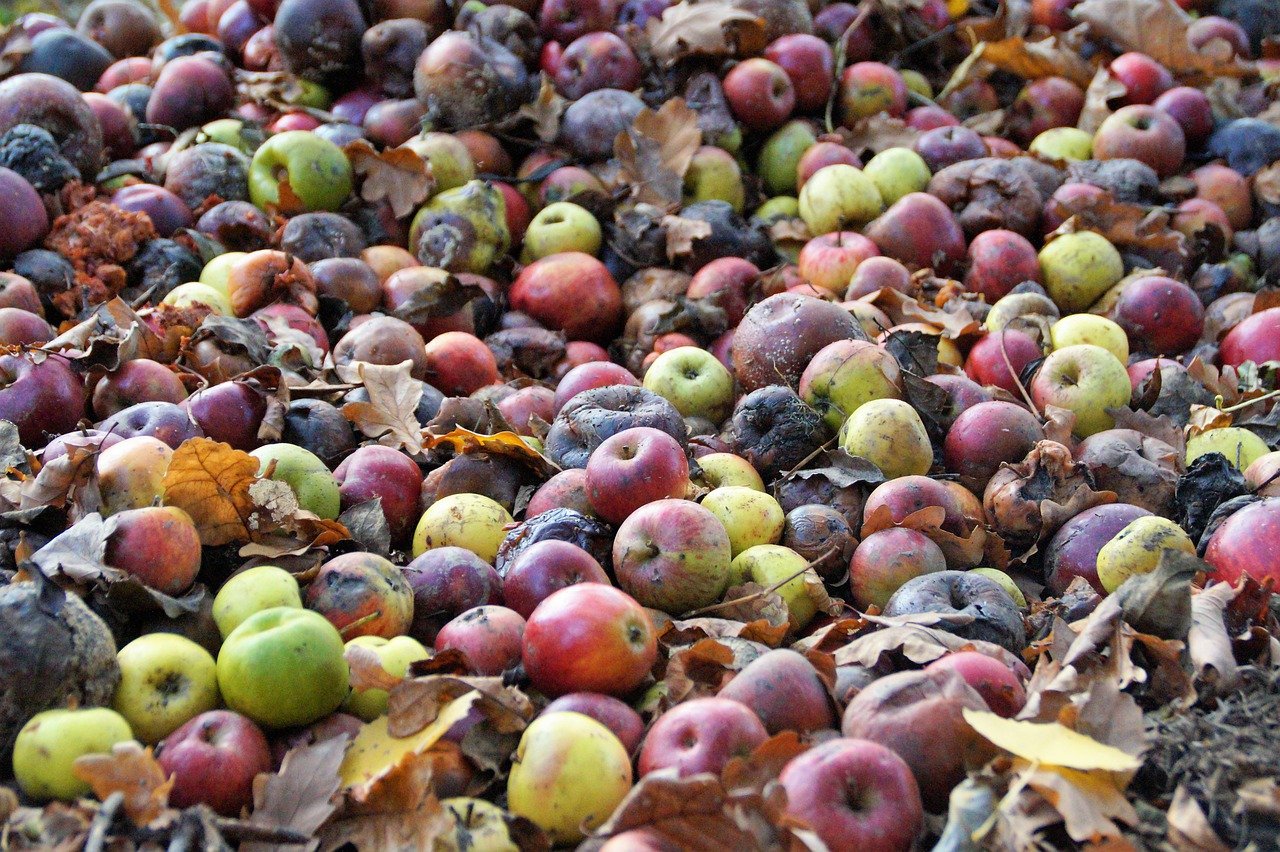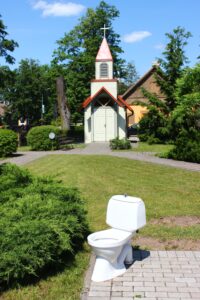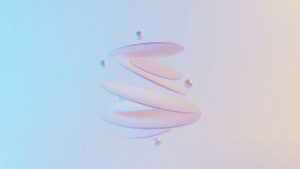Welcome to our exploration of indoor plant care! In “Can I Use Compost For Indoor Plants?”, we dive into the benefits and techniques of using compost to nourish our green friends living indoors. Compost, a rich blend of organic material, can be a game changer for our potted plants, providing them with essential nutrients and improving soil structure. Together, we’ll uncover the best practices to ensure our indoor plants thrive, addressing common concerns and sharing tips for making the most of this natural resource. Join us on this green journey as we transform our indoor spaces into lush, vibrant environments bursting with life. Have you ever wondered, “Can I use compost for indoor plants?”
We’ve all admired those lush, thriving indoor plants that brighten up our homes, and many of us aspire to recreate that green haven in our own living spaces. One frequently asked question among plant enthusiasts is whether compost can be used for indoor plants. Let’s explore this fascinating topic together and find out how we can use compost to help our indoor plants flourish.
Understanding Compost
Before diving into whether we can use compost for our indoor plants, let’s ensure we understand what compost is. Compost is decomposed organic material, which might include kitchen scraps, yard waste, and other biodegradable materials. It’s often referred to as “black gold” by gardeners because of its ability to enrich soil and promote healthy plant growth.
The Components of Compost
Compost consists of three primary components: organic matter, microorganisms, and moisture.
| Component | Description |
|---|---|
| Organic Matter | Includes leaves, grass clippings, fruit and vegetable trimmings, coffee grounds, eggshells, and paper products. |
| Microorganisms | Bacteria, fungi, and insects that break down organic matter into nutrient-rich humus. |
| Moisture | Water is critical for maintaining the right conditions for microorganisms to thrive and decompose materials. |
Benefits of Compost
Compost provides a wide array of benefits to plants, whether they are outdoors or indoors. Here are some key advantages:
- Nutrient-Rich Soil: Compost is packed with essential nutrients that plants need to grow, such as nitrogen, phosphorus, and potassium.
- Improved Soil Structure: Compost enhances soil structure, allowing for better aeration and drainage.
- Water Retention: Compost helps soil retain moisture, reducing the need for frequent watering.
- Balanced pH Levels: Compost can help balance soil pH levels, making it more suitable for plant growth.
- Disease Resistance: Compost introduces beneficial microorganisms that help combat soil pathogens.
With these benefits in mind, it’s clear that compost has a lot to offer. But the question remains: can compost be used for our indoor plants?
Using Compost for Indoor Plants
The short answer is yes, we can use compost for indoor plants. However, there are several factors we need to consider to ensure the health and well-being of our indoor greenery.
Pros and Cons
Let’s take a closer look at the pros and cons of using compost for indoor plants:
| Pros of Using Compost Indoor | Cons of Using Compost Indoor |
|---|---|
| Rich in Nutrients | Potential for pests and odors |
| Improves Soil Structure | Overwhelming nutrients can burn plant roots |
| Enhances Water Retention | Risk of overwatering due to moisture retention |
| Eco-Friendly and Sustainable | Requires careful balance and monitoring |
Preparing the Compost
Before we use compost for our indoor plants, it’s important to ensure that it’s well-prepared and fully decomposed. Using unfinished compost can lead to issues such as an imbalance of nutrients, the presence of pests, and unpleasant odors. Here are some tips for preparing compost:
- Break Down Materials Thoroughly: Make sure that larger organic materials like branches and vegetable scraps are fully decomposed before using the compost.
- Consistent Turning: Regularly turn the compost heap to promote even decomposition and prevent the compaction of materials.
- Monitor Moisture Levels: Ensure the compost is moist but not waterlogged. It should have a consistency similar to a wrung-out sponge.
How Much Compost to Use
When using compost for indoor plants, we should aim for a balanced mixture to avoid overwhelming our plants. A good rule of thumb is to mix one part compost with two to three parts potting soil. This ratio provides the benefits of compost while ensuring a well-balanced growing medium.
| Potting Soil Mix | Ratio |
|---|---|
| Potting Soil | 2-3 parts |
| Compost | 1 part |
Best Practices for Using Compost
To maximize the benefits of compost for indoor plants, let’s explore some best practices:
- Mix Well: Ensure that the compost is evenly mixed with the potting soil to prevent clumping and to distribute nutrients uniformly.
- Monitor Plant Health: Keep an eye on your plants for signs of nutrient burn, such as yellowing or browning leaves, and adjust the compost mixture if necessary.
- Top Dressing: Instead of mixing compost with the potting soil, we can also use it as a top dressing. Simply spread a thin layer of compost on top of the soil, which will slowly release nutrients as we water the plants.
- Use Compost Tea: Instead of using solid compost, we can create a nutrient-rich liquid known as compost tea. To make compost tea, steep compost in water for several days and then use the liquid to water our plants.

Types of Indoor Plants and Compost Compatibility
Not all indoor plants have the same nutritional needs, so it’s essential to consider the type of plants we have and their compatibility with compost.
Common Indoor Plants and Their Preferences
| Plant Type | Nutrient Needs | Compost Compatibility |
|---|---|---|
| Succulents and Cacti | Low to Moderate | Limited compost use |
| Tropical Plants (e.g., Ferns) | High | Beneficial when carefully balanced |
| Flowering Plants (e.g., Orchids) | Moderate to High | Beneficial when used sparingly |
| Herbs (e.g., Basil, Mint) | Moderate | Highly beneficial |
| Foliage Plants (e.g., Philodendron) | Low to Moderate | Moderate use recommended |
Adjusting Compost Use
Let’s consider some specific types of indoor plants and how to adjust our compost use accordingly:
- Succulents and Cacti: These plants thrive in well-draining soil and are sensitive to overwatering. Use a minimal amount of compost, if any, and ensure the potting mix remains light and airy.
- Tropical Plants: Plants such as ferns and monstera benefit from nutrient-rich soil. Use compost in moderation and monitor for any signs of overfeeding.
- Flowering Plants: Flowering plants like orchids may benefit from compost, but it’s crucial to use it sparingly to avoid damaging the delicate root systems.
- Herbs: Herbs are generally more resilient and will thrive with compost. A balanced mixture of compost and potting soil can enhance their growth and flavor.
- Foliage Plants: Foliage plants such as philodendrons can benefit from compost, but it’s essential to ensure proper drainage and avoid waterlogging.
Common Composting Mistakes to Avoid
While using compost can be highly beneficial, there are some common mistakes to avoid:
- Using Unfinished Compost: Incomplete compost can introduce pests, diseases, and unpleasant odors to our indoor plants.
- Over-Fertilizing: Too much compost can overwhelm plants with nutrients, leading to nutrient burn and root damage.
- Ignoring Drainage: Compost retains moisture, so it’s crucial to ensure proper drainage to prevent root rot.
- Pest Infestation: Compost can attract pests like fruit flies and gnats. Sterilizing compost before use can help minimize this risk.
- Incorrect Ratios: Mixing compost with too little potting soil can lead to an imbalance in nutrients and moisture.

Homemade vs. Store-Bought Compost
We have the option to use either homemade or store-bought compost for our indoor plants, each with its own set of advantages and considerations.
Homemade Compost
Creating our own compost at home offers several benefits:
- Cost-Effective: Using kitchen and yard waste can reduce waste and save money.
- Customization: We can control the materials that go into our compost, allowing for a tailored nutrient mix.
- Sustainability: Homemade compost is an eco-friendly way to recycle organic waste.
However, homemade compost may require more time and effort to ensure it’s properly decomposed and balanced.
Store-Bought Compost
Store-bought compost is a convenient option that comes with its own benefits:
- Consistency: Commercial compost is typically processed and balanced to ensure nutrient consistency.
- Time-Saving: Ready-to-use compost saves us the effort of creating and maintaining a compost heap.
- Less Risk: Store-bought compost is often free from pests and diseases, reducing the risk of introducing them to our indoor plants.
On the downside, store-bought compost can be more expensive and may contain synthetic additives. It’s essential to read labels and choose organic options when possible.
Compost Tea: An Alternative Approach
If we’re hesitant about using solid compost for our indoor plants, compost tea is an excellent alternative. Compost tea is a liquid fertilizer made by steeping compost in water, creating a nutrient-rich solution that can be used for watering plants.
Benefits of Compost Tea
- Easy Absorption: Nutrients in compost tea are readily available and quickly absorbed by plants.
- Reduced Risk of Over-Fertilization: Since compost tea is diluted, there’s a lower risk of nutrient burn compared to solid compost.
- Disease Resistance: Compost tea can introduce beneficial microorganisms that help protect plants from diseases.
How to Make Compost Tea
Here’s a simple method to make compost tea at home:
- Gather Materials: We’ll need compost, a porous bag (such as a cheesecloth or old pillowcase), a large bucket, and water.
- Fill the Bag: Place a few shovelfuls of compost into the porous bag and tie it securely.
- Steep the Bag: Submerge the bag in a bucket of water and let it steep for 24-48 hours.
- Agitate Occasionally: Stir the water occasionally to promote nutrient extraction.
- Remove the Bag: After steeping, remove the bag and discard the solid compost (or add it to our garden compost pile or flower beds).
- Use the Tea: Dilute the compost tea with water (approximately 1 part tea to 10 parts water) and use it to water our indoor plants.

Monitoring and Adjusting
Using compost for indoor plants is not a one-size-fits-all approach. It’s essential to monitor the health of our plants and make adjustments as needed. Here are some signs to look for and potential adjustments to make:
Signs of Over-Fertilization
| Symptom | Description | Adjustment |
|---|---|---|
| Yellowing Leaves | Indicates nutrient burn | Reduce compost use or compost tea strength |
| Browning Leaf Edges | Common sign of excess salts or fertilizer | Flush the soil with water and reduce compost application |
| Stunted Growth | Nutrient imbalance may inhibit plant growth | Adjust compost mixture and ensure proper drainage |
| Wilting | Overmoist soil can lead to root rot | Check drainage and reduce watering frequency |
Signs of Nutrient Deficiency
| Symptom | Description | Adjustment |
|---|---|---|
| Pale Leaves | Indicates lack of nitrogen | Increase compost use or apply compost tea |
| Slow Growth | May indicate a lack of essential nutrients | Check nutrient levels and amend soil with compost |
| Leaf Drop | Can be caused by a deficiency in essential nutrients | Evaluate soil and compost mixture |
Conclusion
In conclusion, compost can be a valuable addition to the care regimen for our indoor plants. When properly prepared and used in moderation, compost provides essential nutrients, improves soil structure, and enhances water retention, contributing to the overall health and vitality of our indoor garden.
By understanding our plants’ specific needs, carefully preparing our compost, and monitoring plant health, we can create a thriving indoor oasis that benefits from the natural goodness of compost. Whether we choose homemade or store-bought compost, or opt for compost tea, the key is to balance the benefits while keeping a close eye on our plants’ responses.
So, can we use compost for indoor plants? Absolutely! With the right approach and attention to detail, compost can be our secret weapon for lush, healthy indoor greenery. Happy gardening!



